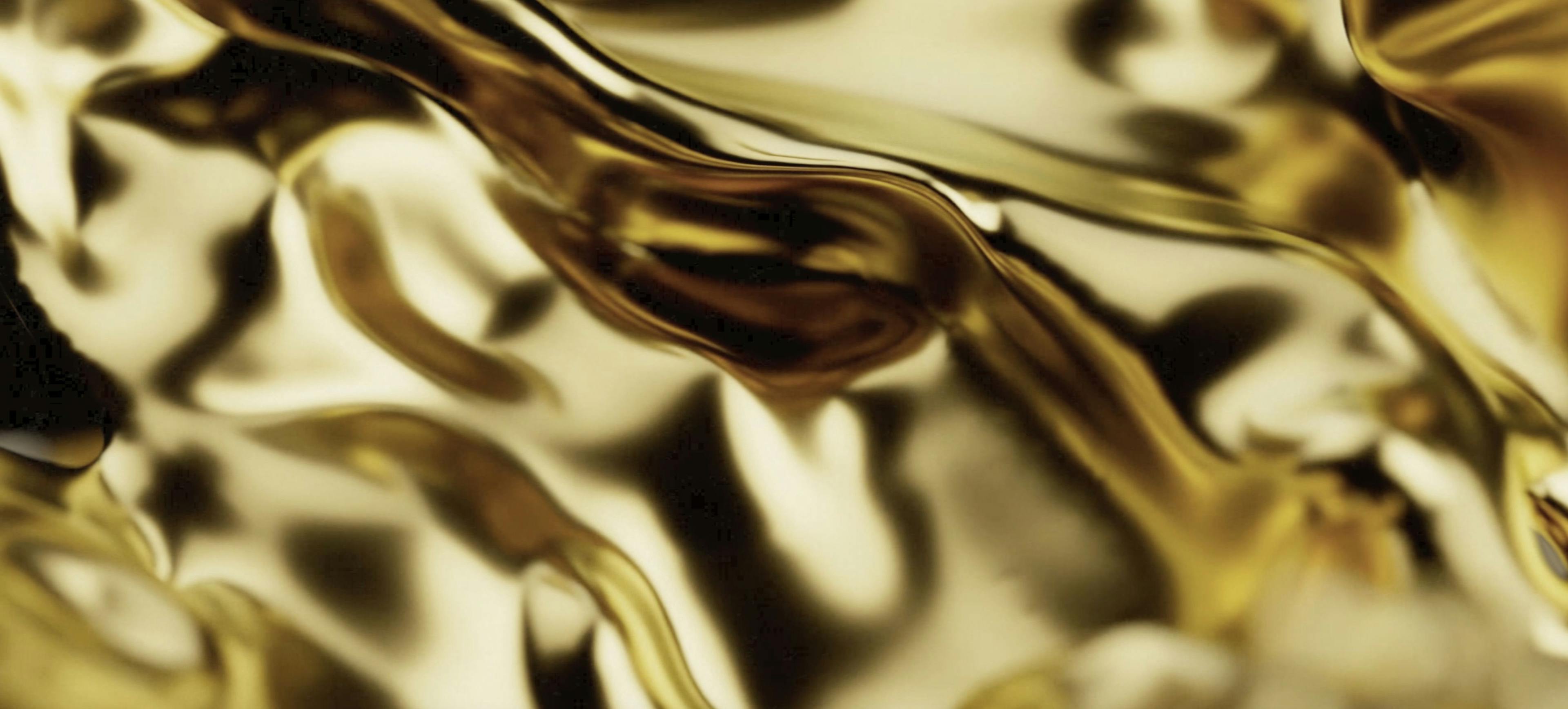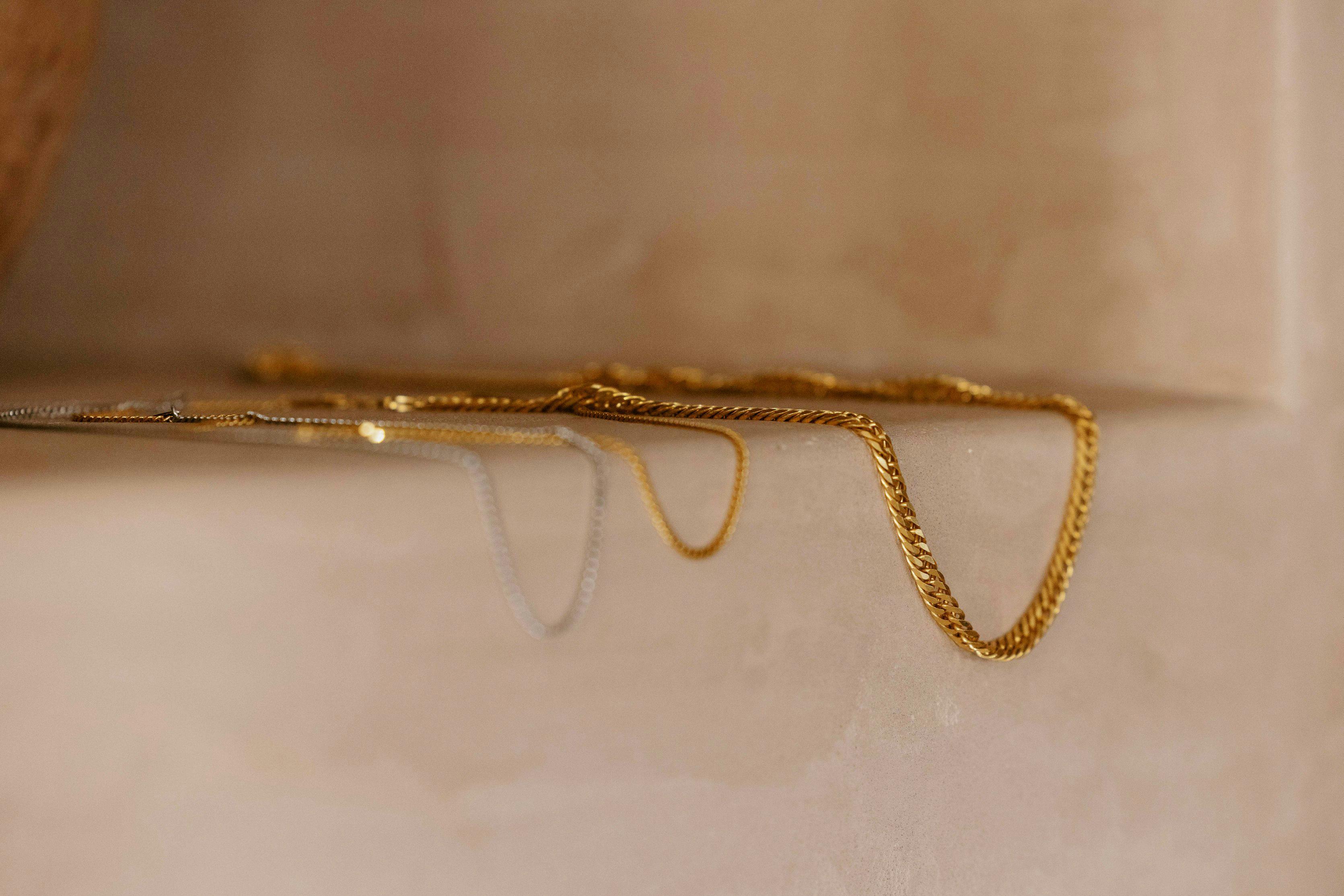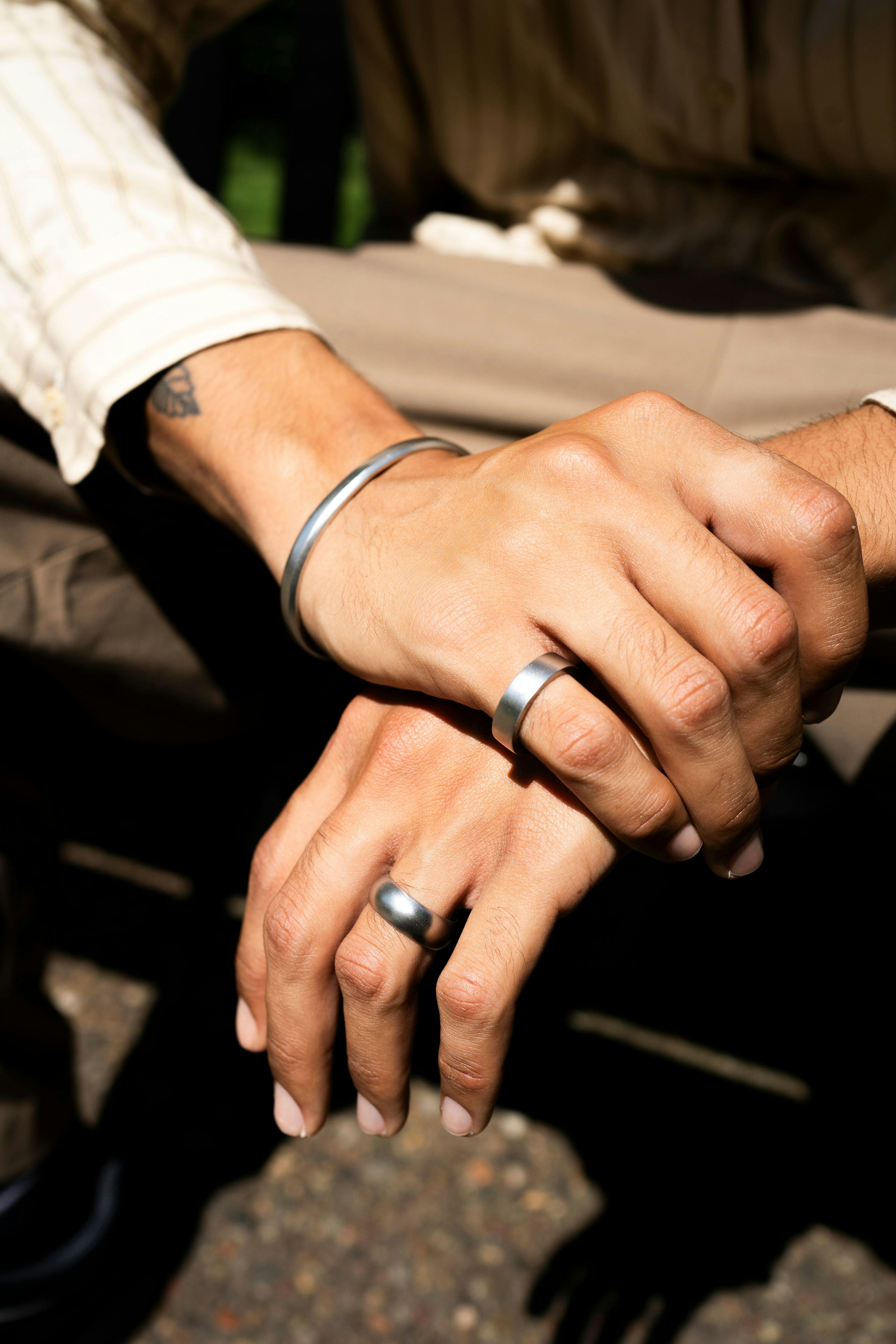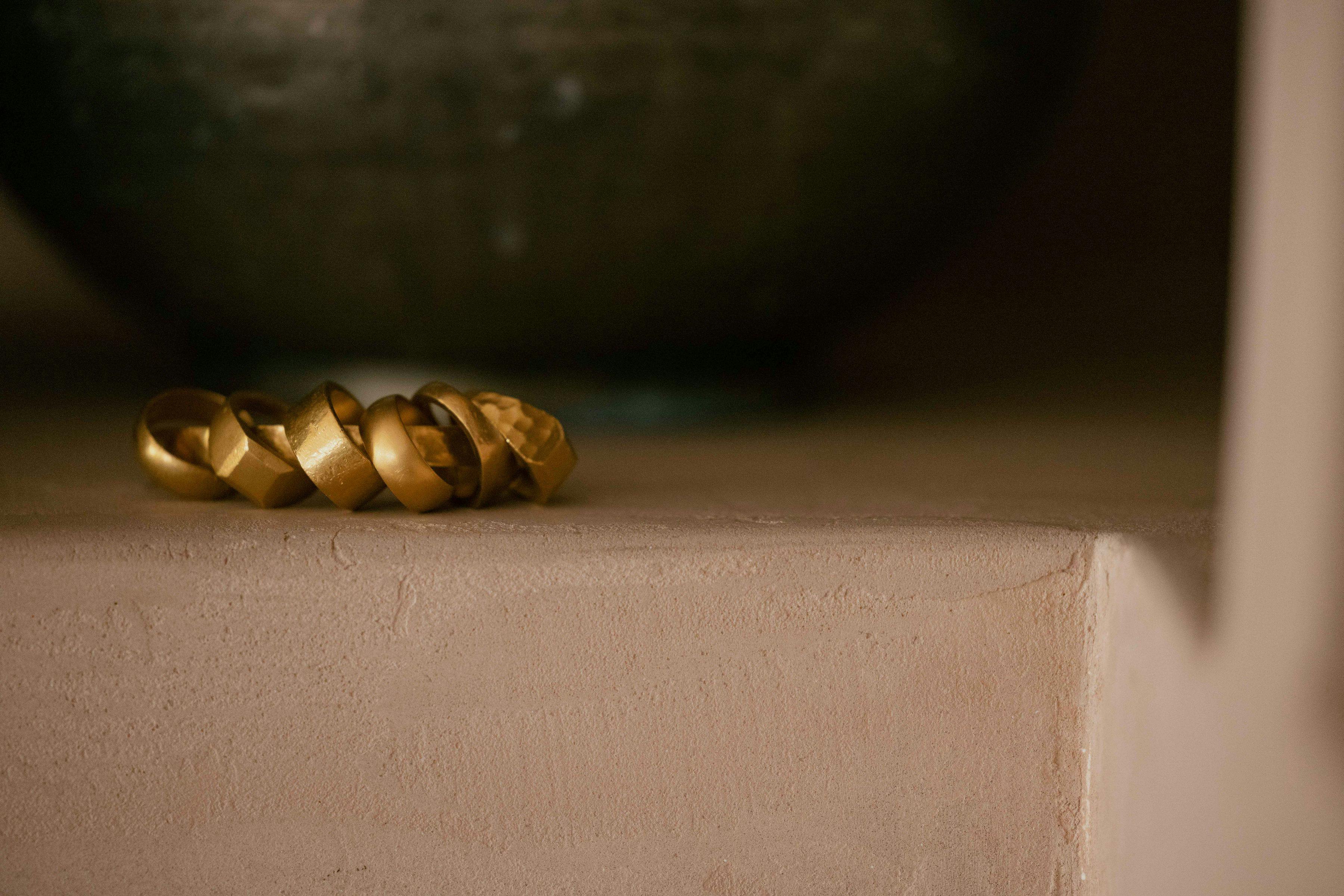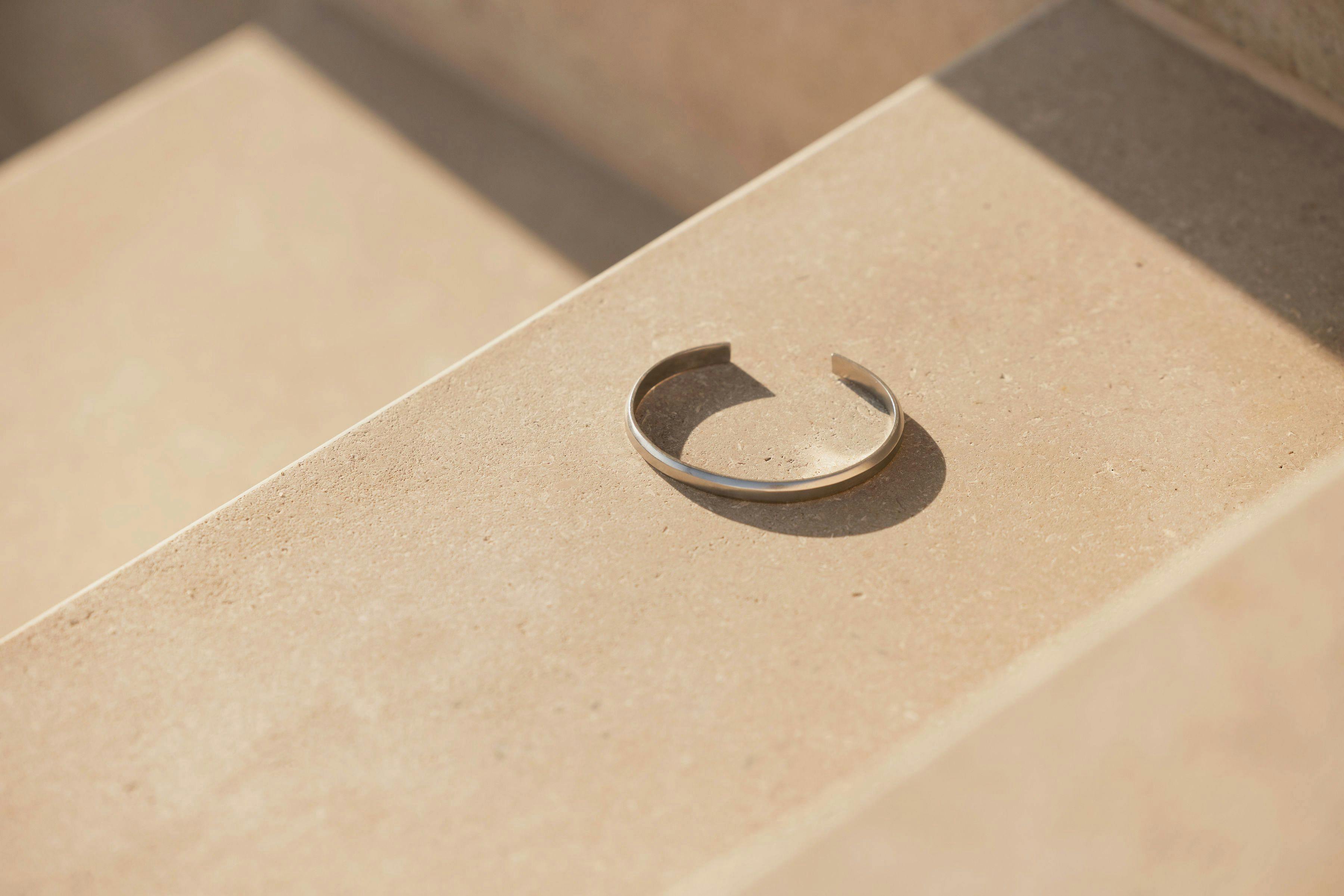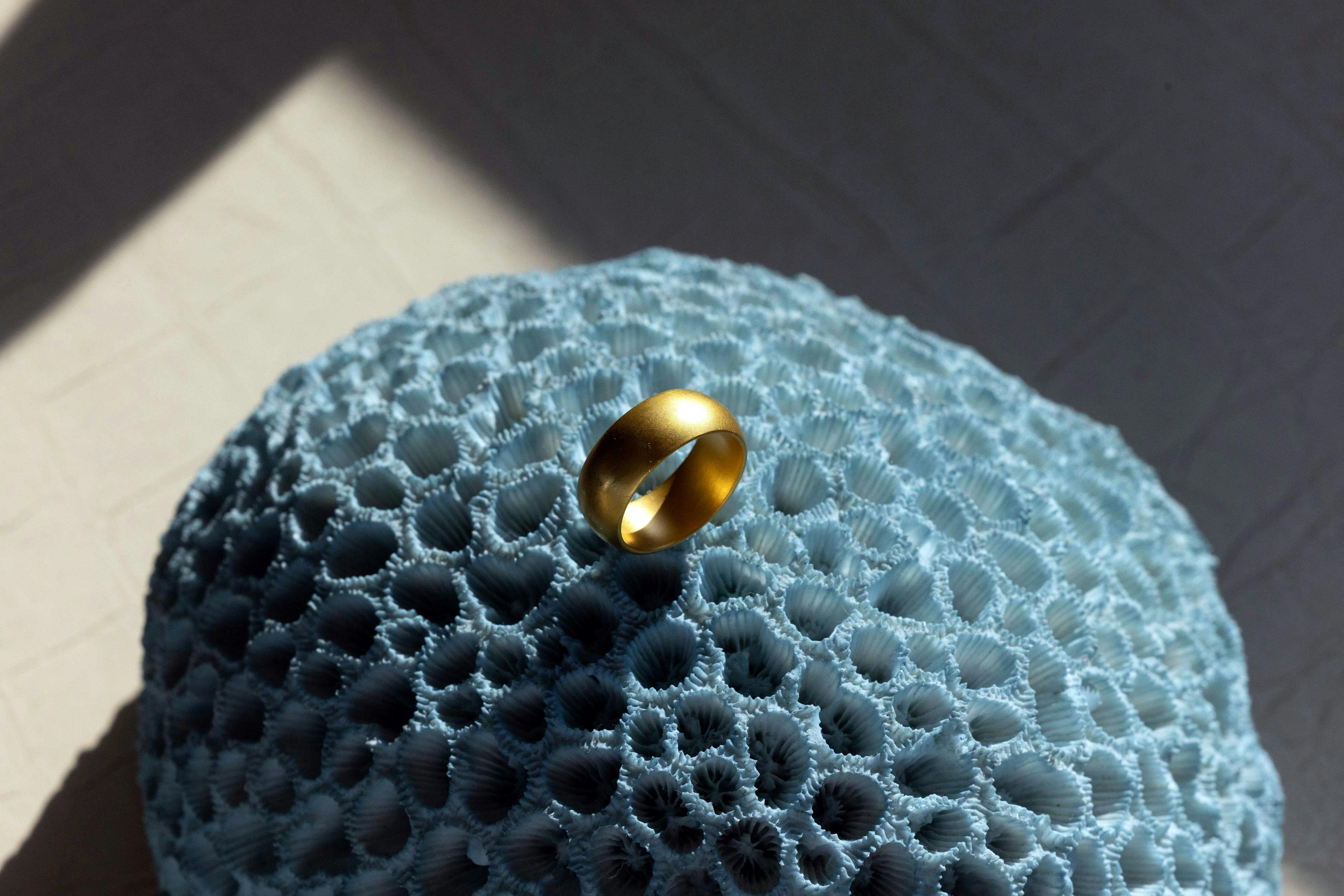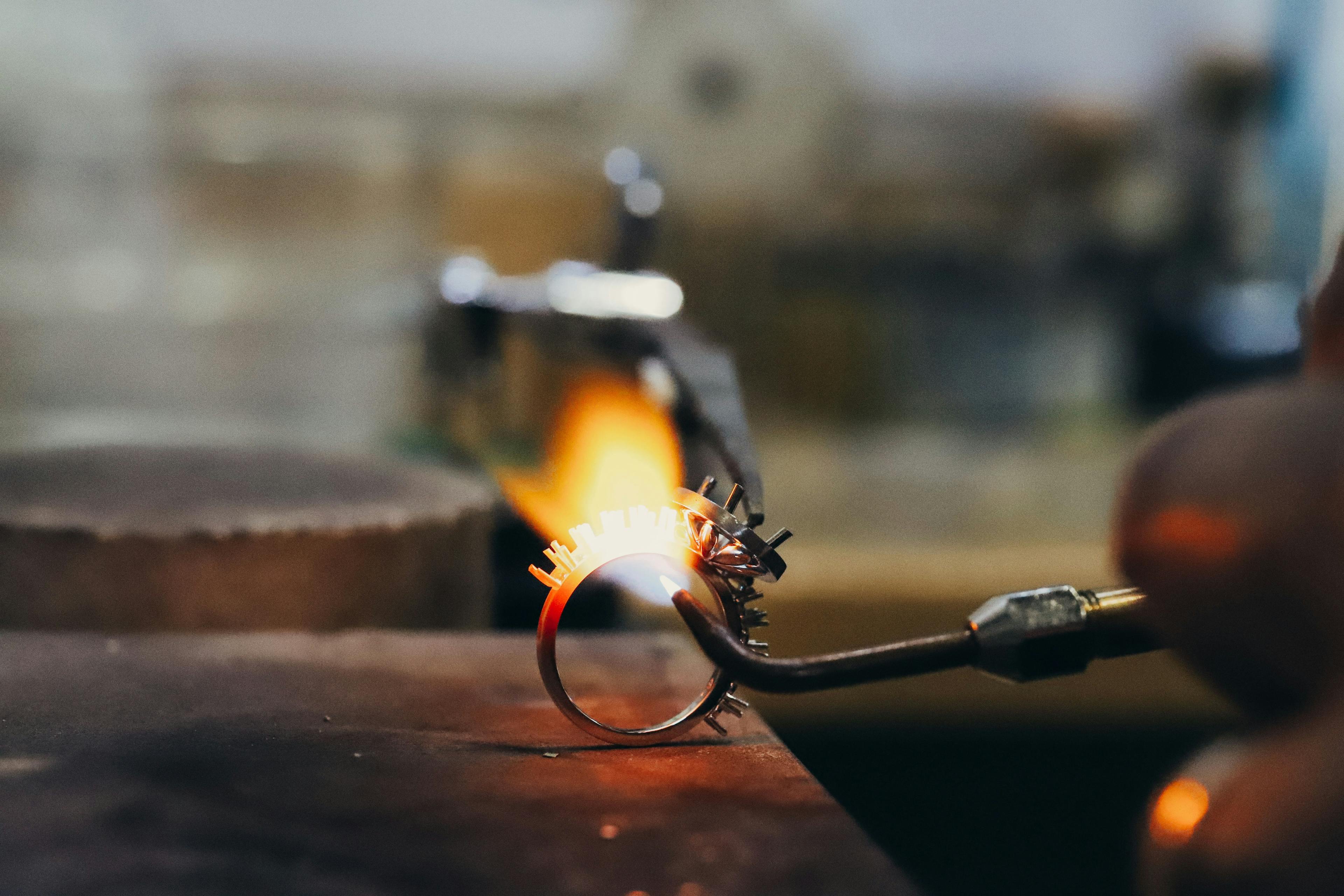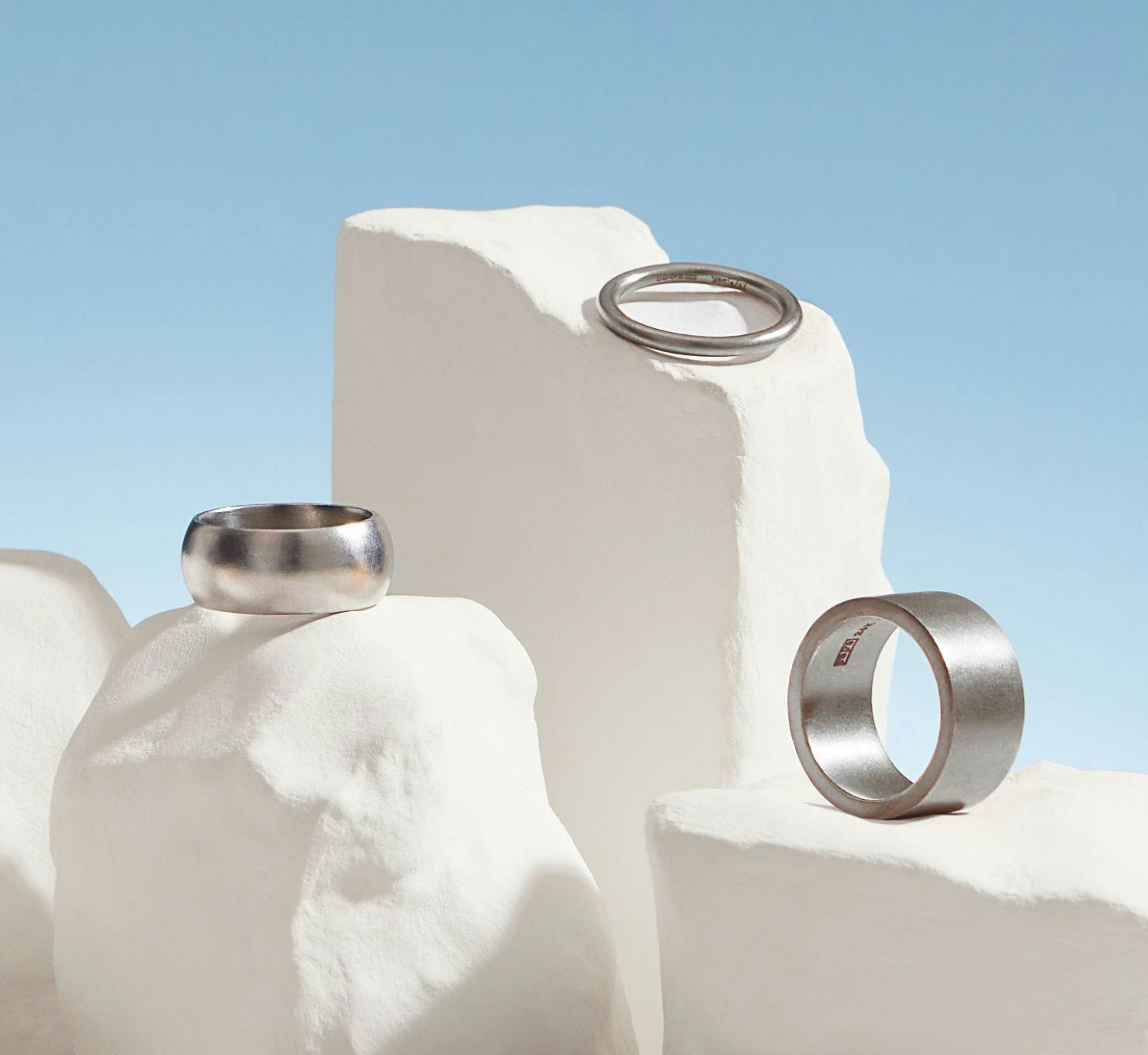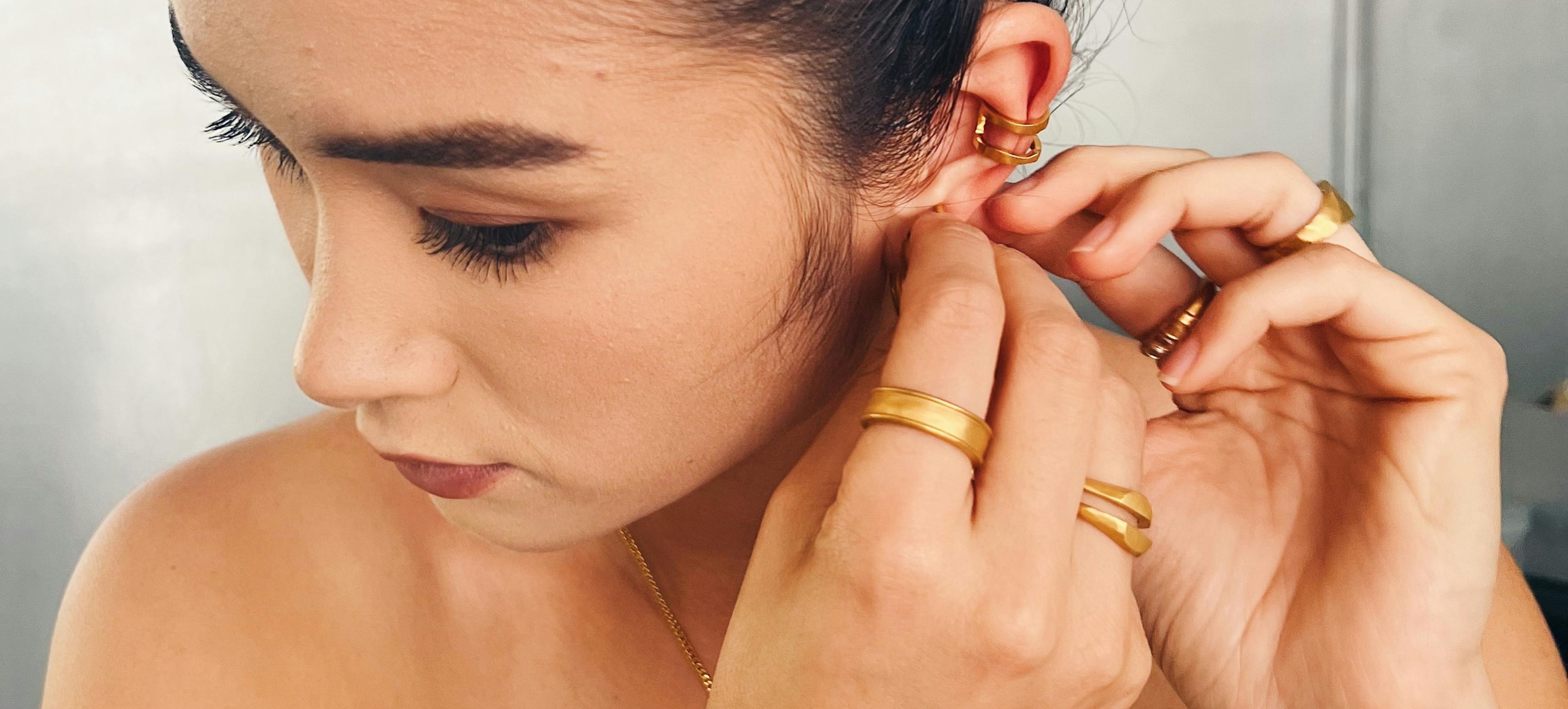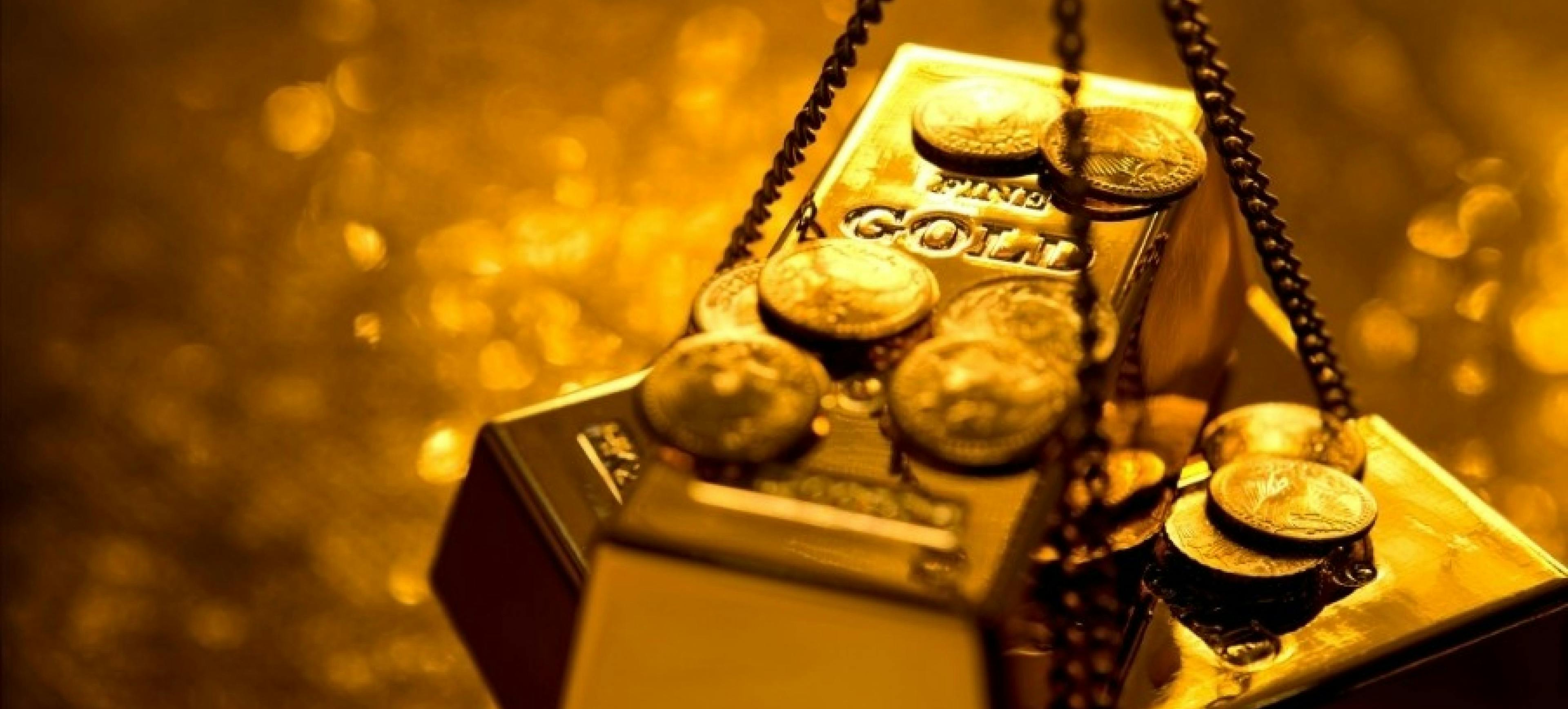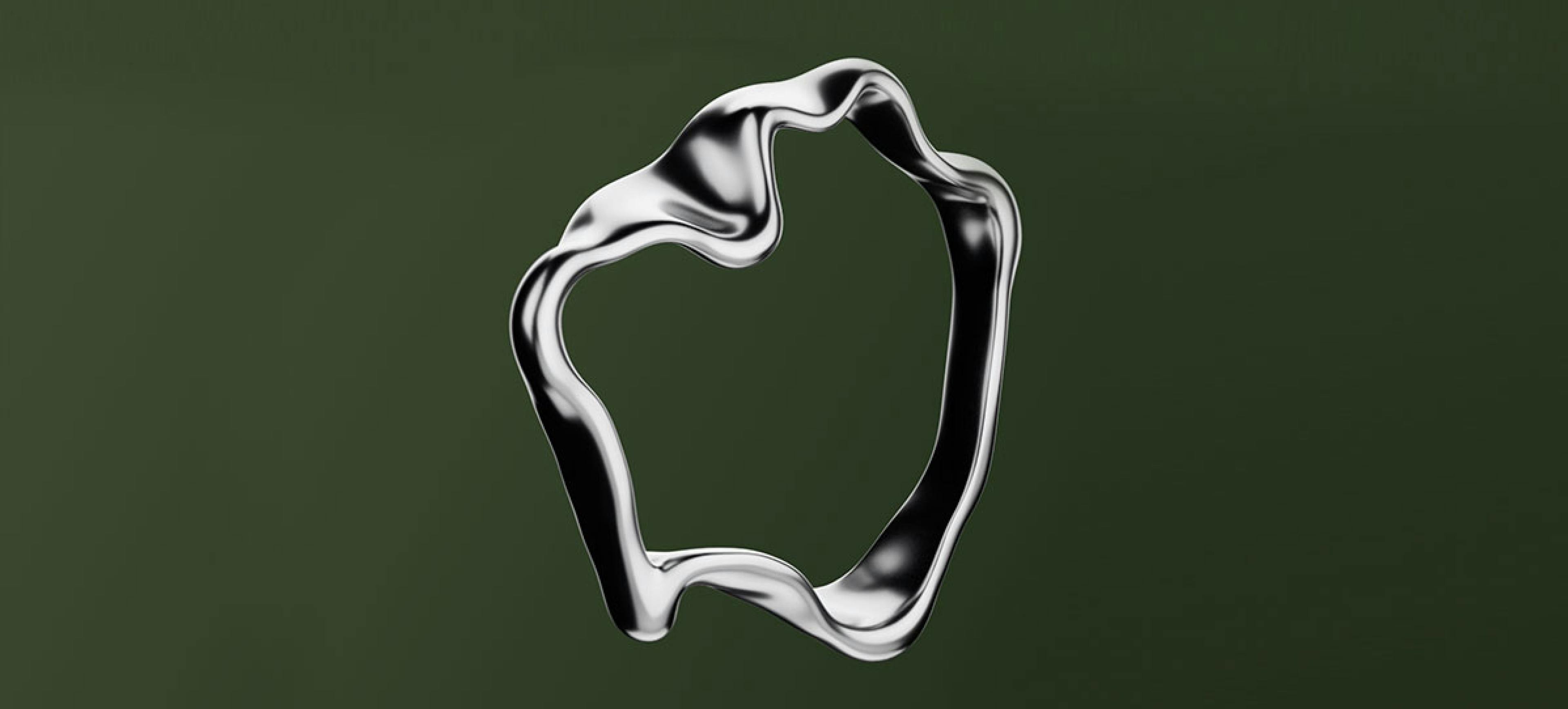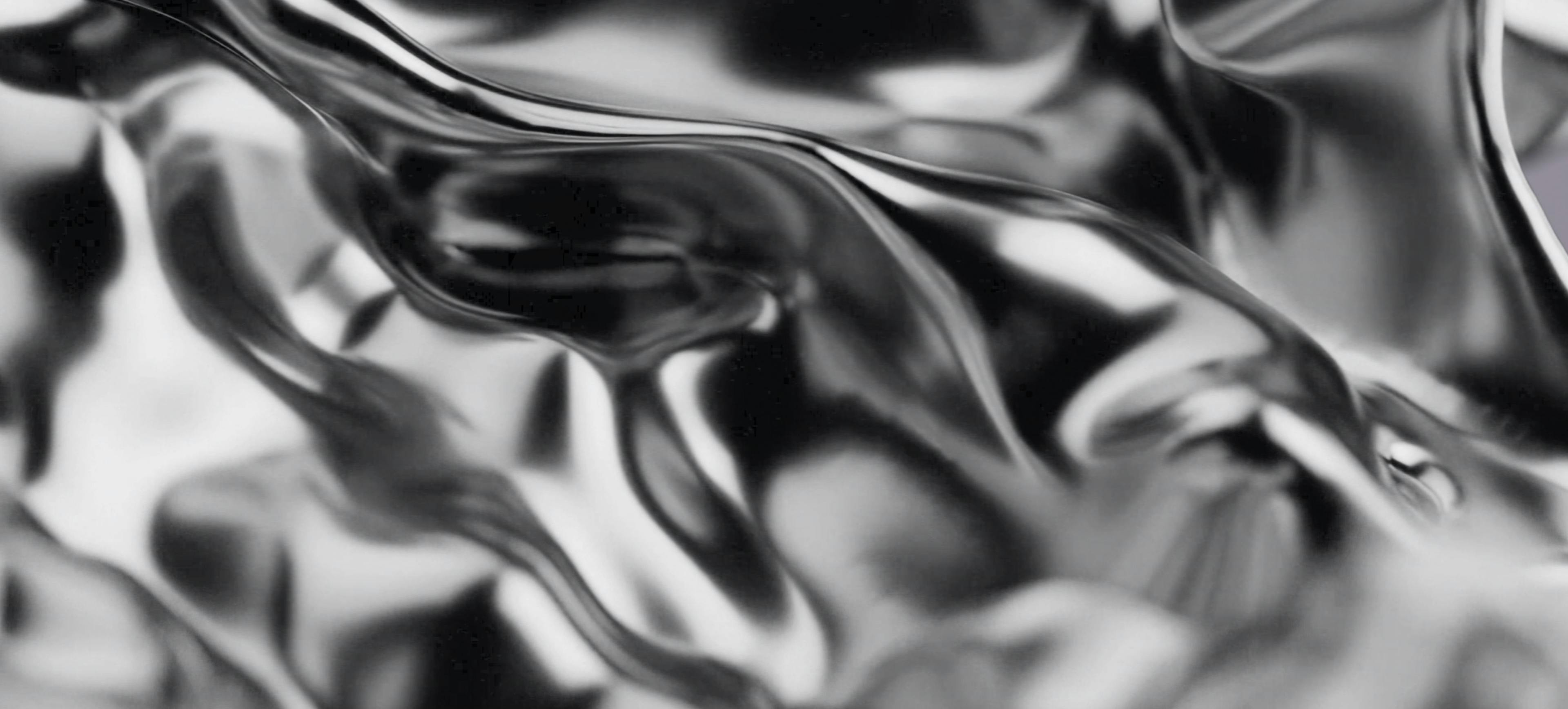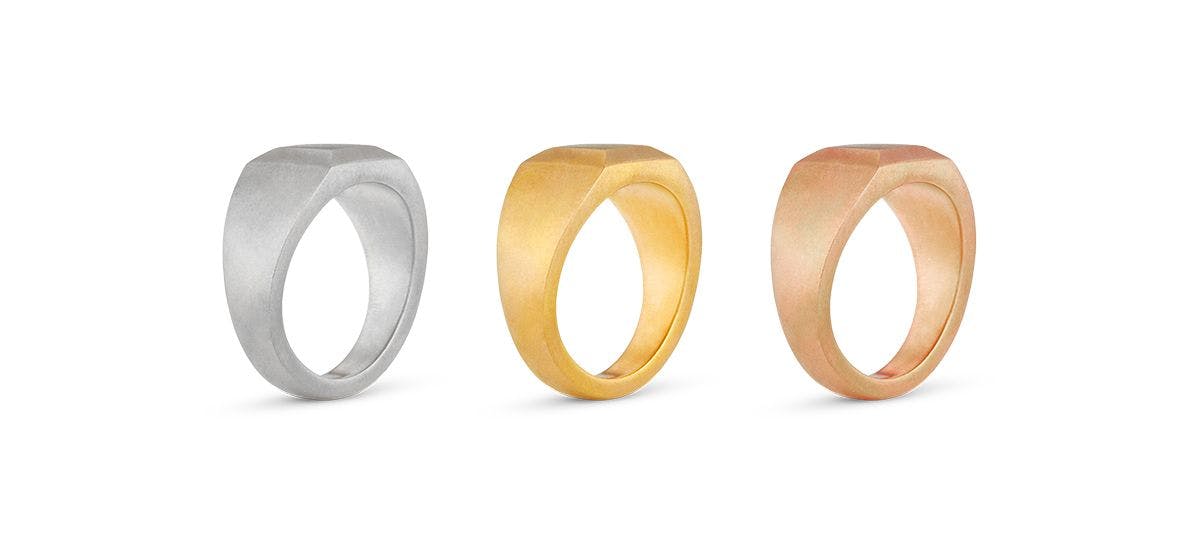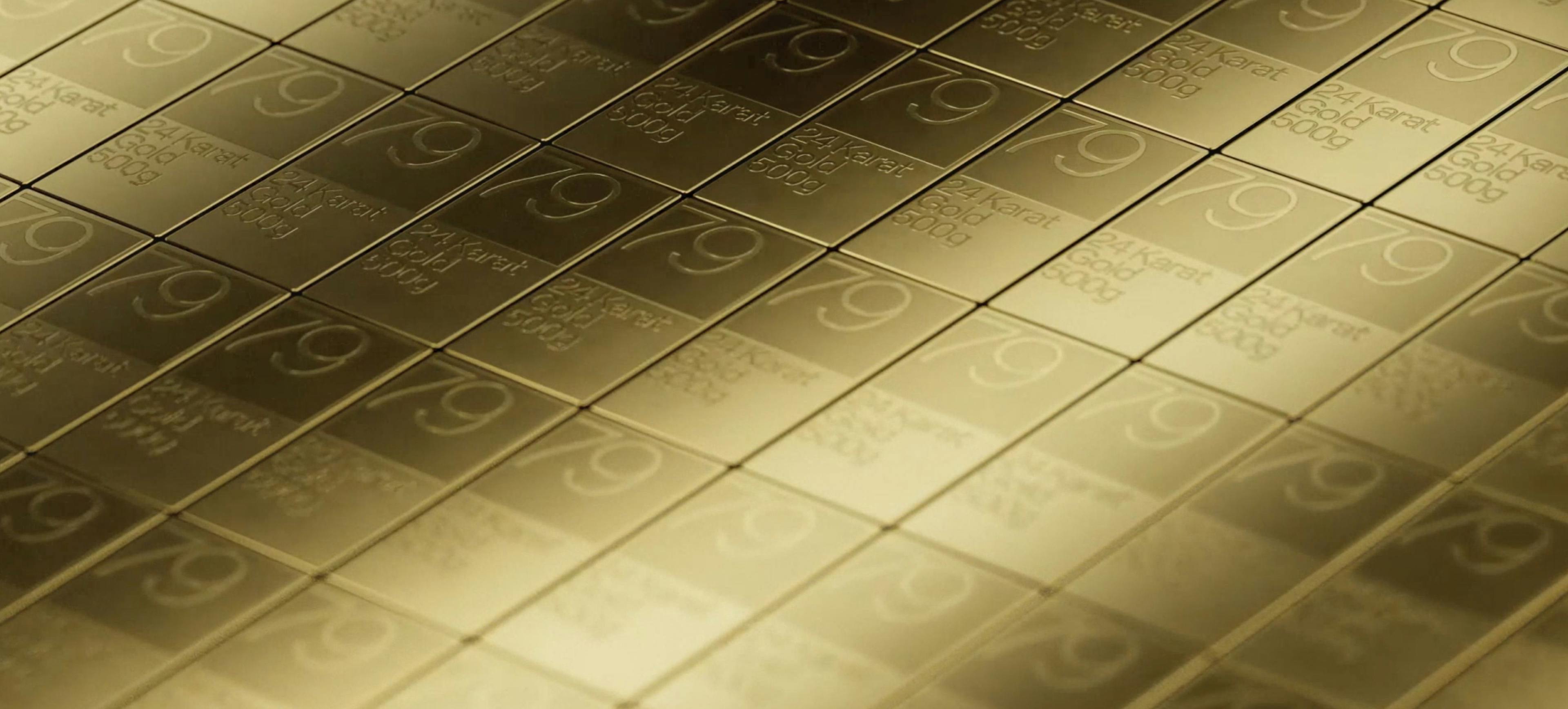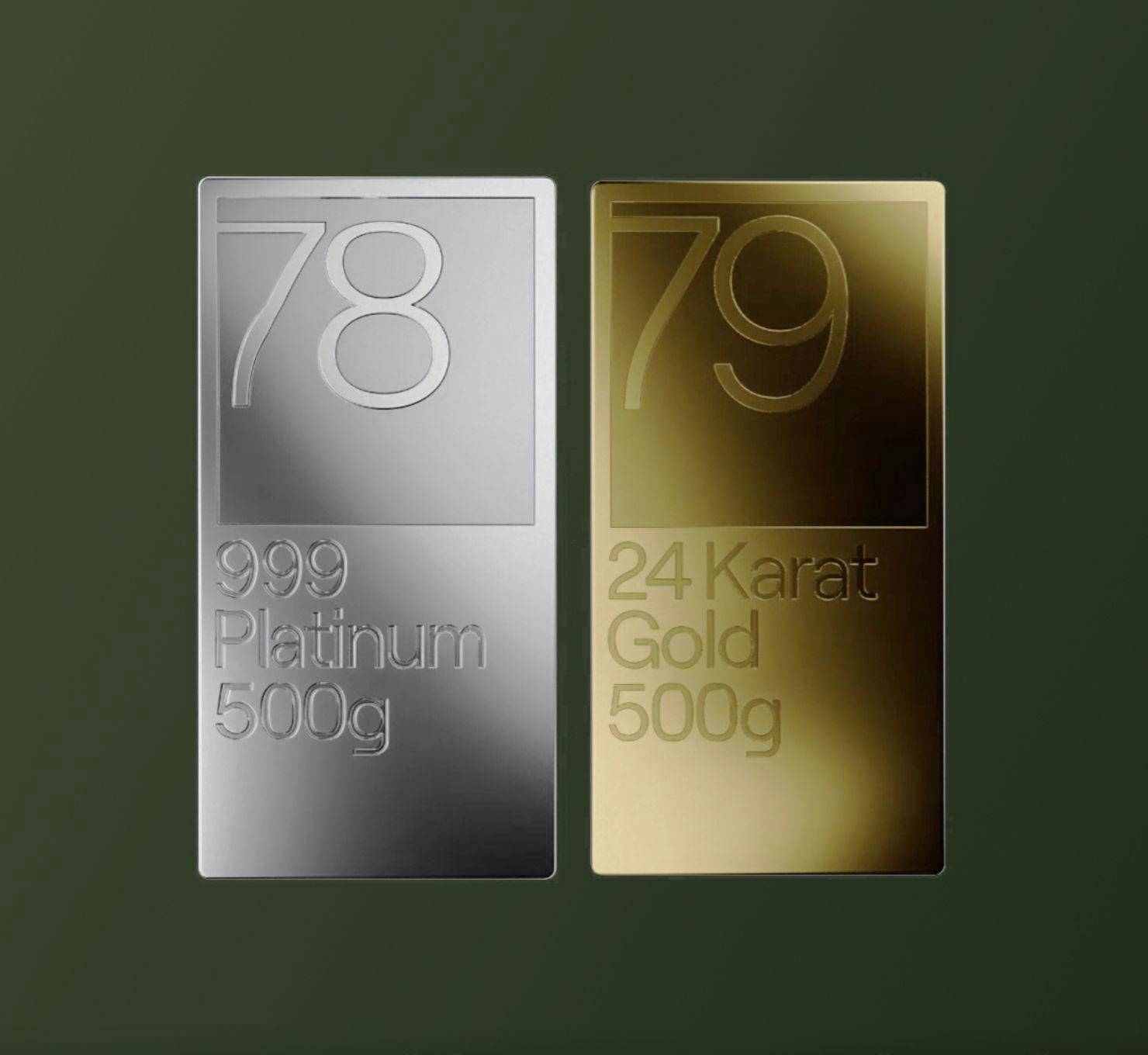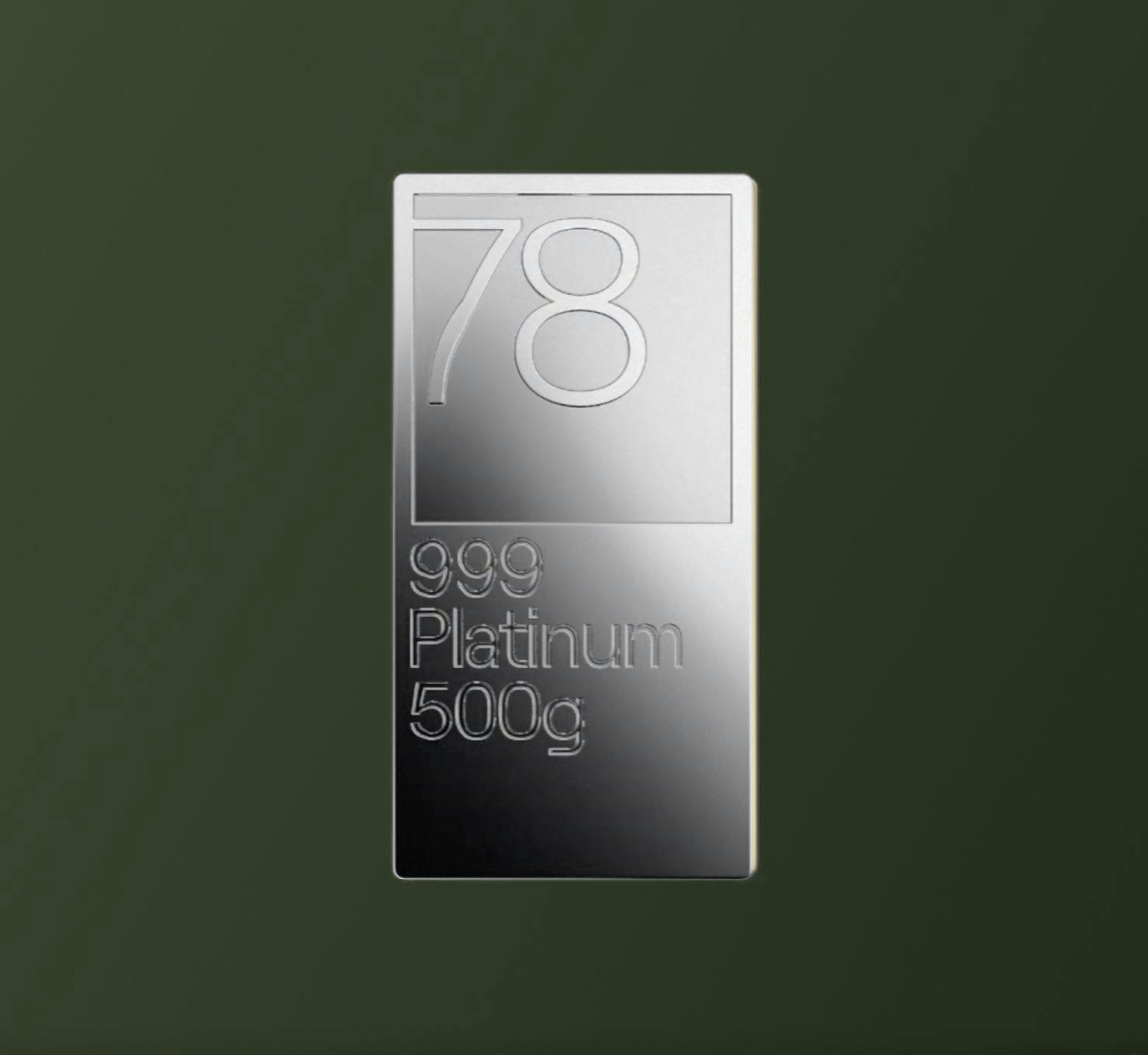For as long as gold has been a part of human culture, it has been considered valuable and highly sought after. Because of this, history has witnessed countless would-be scammers trying to pass off less valuable substances as gold to profit from counterfeit treasures.
Jewellery is one of the most common vehicles for fake gold. It is more than possible that, at some point, you will come across fake-gold jewellery if buying from private sellers or unscrupulous dealers.
Knowing how to tell whether or not gold is real and, as importantly, knowing how to check gold purity could save you both a lot of hassle and money down the line. Luckily, convincing fakes are incredibly difficult to make, thanks to gold's unique properties. What’s more, there are even a few simple tests which you can conduct at home to tell if your gold is the real deal.
Check the stamp
The purity of gold is measured in karats, usually categorised by the numbers 24, 22, 10, 14, or 10. A 24-karat gold piece is comprised of 100% gold, which means that there is absolutely no alloy mixed into it.
The purity of gold can also be measured in percentages and parts per thousand. To convert karat into a percentage, you need to divide the karat number by 24 before multiplying the result by 100.
For example, this would mean that to find out the gold by percentage in a 22-karat ring, you would divide 22 by 24 (the result being 0.9166) before multiplying it by 100. This provides you with a result of 91.66, which would indicate that the piece is 91.66% pure gold.
One simple way to check gold purity is to look for the karat stamp on the jewellery piece.
Helpfully, it is mandatory for jewellers to mark both the hallmark and gold karat on each and every jewellery piece they create. With this in mind, you know that if your gold chain has "24K" mark stamped onto it, it means that the piece has a 99.9% gold content.
To help you understand your piece’s karat count, the following are some of the frequently used karat marks, including their corresponding percentages and respective parts-per-thousand values:
- 24K – 99.9% (999)
- 22K – 91.7% (917)
- 20K – 83.3% (833)
- 18K – 75.0% (750)
- 14K – 58.3% (583)
- 10K – 41.7% (417)
While stamps can be forged, they’re still the best indication you have that your gold is legit. Keep in mind that if you are buying gold that isn't stamped, it means that there is no guarantee that the piece you are purchasing is genuine.
Also, remember that gold-plated jewellery items may have karat stamps, but these only reflect the purity of the gold plates - not the entire piece.
Check its weight
One thing that works in gold’s favour and adds to its prestige is that it is rather difficult to immitate. Gold is one of the densest metals on the planet and possesses physical properties which are incredibly hard to replicate.
The weight test applies primarily to bullion coins, as the weight of these can be easily checked against standard sizes. With jewellery, however, a piece feeling too light is likely indicative of it being either low in karat, plated, or fake.
This means that any metal used to copy pure gold jewellery will likely be much less compact, as it would take more material to replicate a similar weight of gold. With 7879’s guaranteed 24-karat gold, on the other hand, you know that whatever the piece weighs is the exact weight of gold you’re buying.
Do the magnet test
Our second simple method for checking the purity of your gold is the magnet test. This is another straightforward test you can carry out at home as it requires a minimal amount of equipment.
Unlike many other metals, gold is not magnetic. This means that any authentic, pure gold bullion, coin, bar, or jewellery will not stick to or be affected by a magnet.
You can try this test at home with any reasonably strong magnet by attempting to pick your gold jewellery up with it. If you are able to pick the piece up, you know that your coin, bar, or jewellery is made from (or at least contains) one or several other metals. Care should be taken with this method, however, as gold is not the only non-magnetic metal, and a fake coin could still pass this test.
Conversely, it is always important to bear in mind the purity of the gold you are testing. Gold that is 24 karat is 99.9% pure and, therefore, should not be magnetic. The presence of other metals in jewellery of varying karatage could cause the piece to become magnetic.
Jewellery is almost always made from a gold alloy, as opposed to being pure, so your jewellery could contain more other metals than it does gold. For this reason, we recommend you use the magnet test alongside one (or several) of the other tests mentioned in this article and take any findings only as an initial guide.
Do the “ping” test
The “ping” test, as it is commonly known, is another gold purity check that informs us if a piece of jewellery is made from genuine or fake gold. This test simply requires you to listen to the sound the metal produces when struck.
Precious metals will always make a long, high-pitched ringing sound when struck. Compare this to other base metals, whose respective sounds will be considerably duller and much shorter.
Balancing your piece of jewellery on the end of your finger and tapping it with a coin should be enough to garner a ringing sound. When struck, the difference between a piece of jewellery made from pure gold and one made from a non-precious metal should be quite obvious.
If it doesn’t have that clean, high-pitched ring, then it isn’t the real thing.
Do the ceramic test
Our third idea for how to check the purity of gold is the ceramic test. By simply dragging your gold over a ceramic plate, you’ll discover another quick and uncomplicated way to test your gold’s authenticity.
To execute this straightforward method, simply draw your gold across an unglazed ceramic plate, applying slight pressure in the process. The gold is likely real if you can see a gold mark on the ceramic once you've done this. If the mark is black, however, then you know that the gold is probably fake.
Bear in mind that you do run the risk of doing a small amount of damage to your piece through this method, but a small amount of polish should be enough to repair any minor marking.
Do the nitric acid test
The final (and least straightforward) of these tests is the nitric acid test.
The nitric acid test is the riskiest of the tests in this article, primarily because it could see you damaging your jewellery permanently. That is unless, of course, your jewellery is actually comprised of pure gold.
The premise behind this test is that gold is resistant to oxidation and corrosion. Therefore, pure gold will not be affected by the acid. Different strengths of acid are available to test different karats, so gold that doesn't react to the acid is at least as pure as the karat rating suggested, if not higher.
Conversely, if you unsuccessfully apply acid intended for 22-karat gold to your 24-karat piece of jewellery, you know that your gold is 22-karat gold at best, and maybe not even gold at all.
There are plenty of other ways to tell if your gold is real, some of which are more reliable than others. At the end of the day, however, the best way to know if your gold is real is to eliminate all means of doubt by simply buying from a reputable provider.
Reputable dealers will always come equipped with gold-testing machines. With the assistance of these machines, you have access to a far more accurate (and non-destructive) way to test the authenticity and purity of your jewellery.
Purchasing from a reputable dealer will also result in you not having to fuss about at home with gold tests because you’re worried about the credentials of your gold jewellery. That means you can put the nitric acid away, spare your unglazed ceramic plates, and rest assured that your gold jewellery is pure and high-quality.
Best yet, you can opt to buy your jewellery from a certified 24-karat gold or pure platinum retailer, with the assurance you’ll receive exactly what you pay for. 24-karat gold and pure platinum are what we here at 7879 specialise in, and that is exactly what you get.
